Most of us have grown up with the idea that a fertile green lawn is the default outdoor setup for each home. This is why you can find large swathes of suburbia with expansive green lawns even in the aridest of places where water is increasingly an expensive commodity.
It goes without saying that this kind of setup isn’t great for the environment. Grassy lawns use a lot of water, pesticides, and manpower to stay in good shape. Plus, all of this work and resources are being spent on maintaining land that is producing essentially nothing but pretty weeds.
That’s not to say there isn’t something quite pretty about a well-manicured green lawn, but it is important to bear in mind that there are alternatives out there that you may like quite a lot more. A rock garden is one such alternative that can help your home’s outdoor environs stand out. In some parts of the country, a rock yard will also be far more appropriate owing to its low water usage.
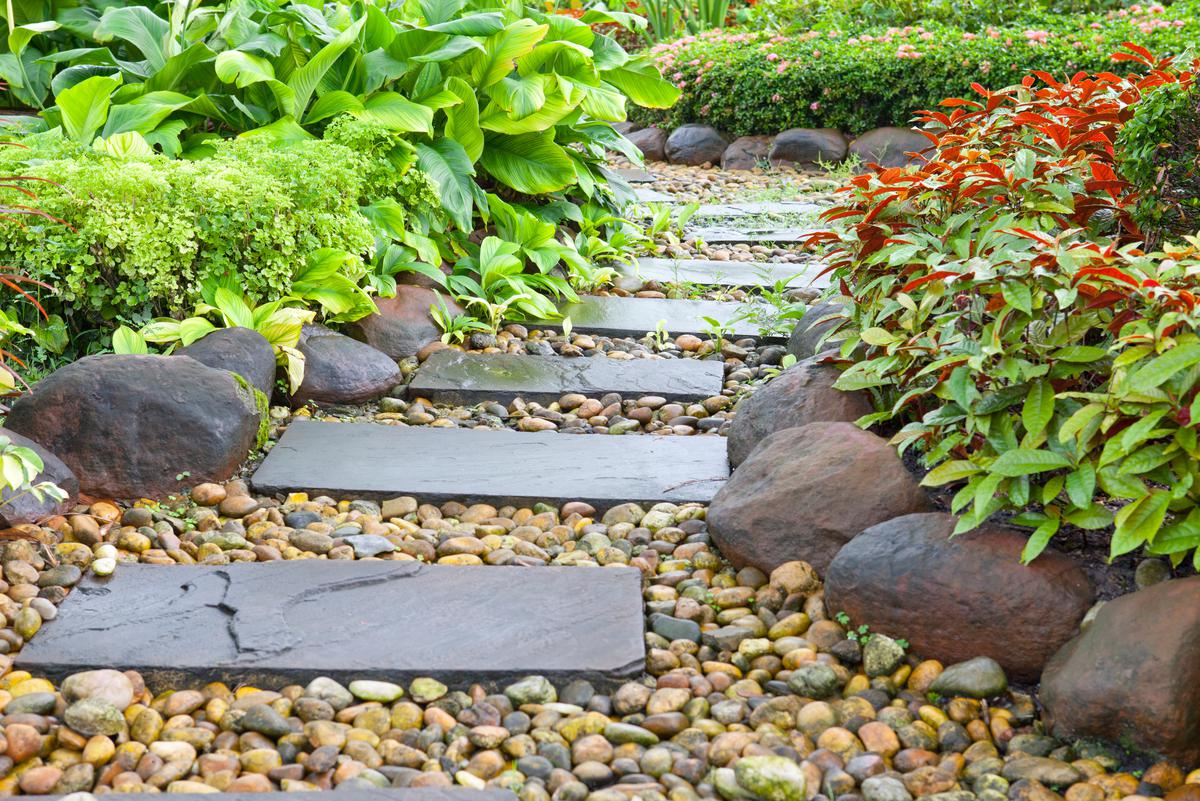
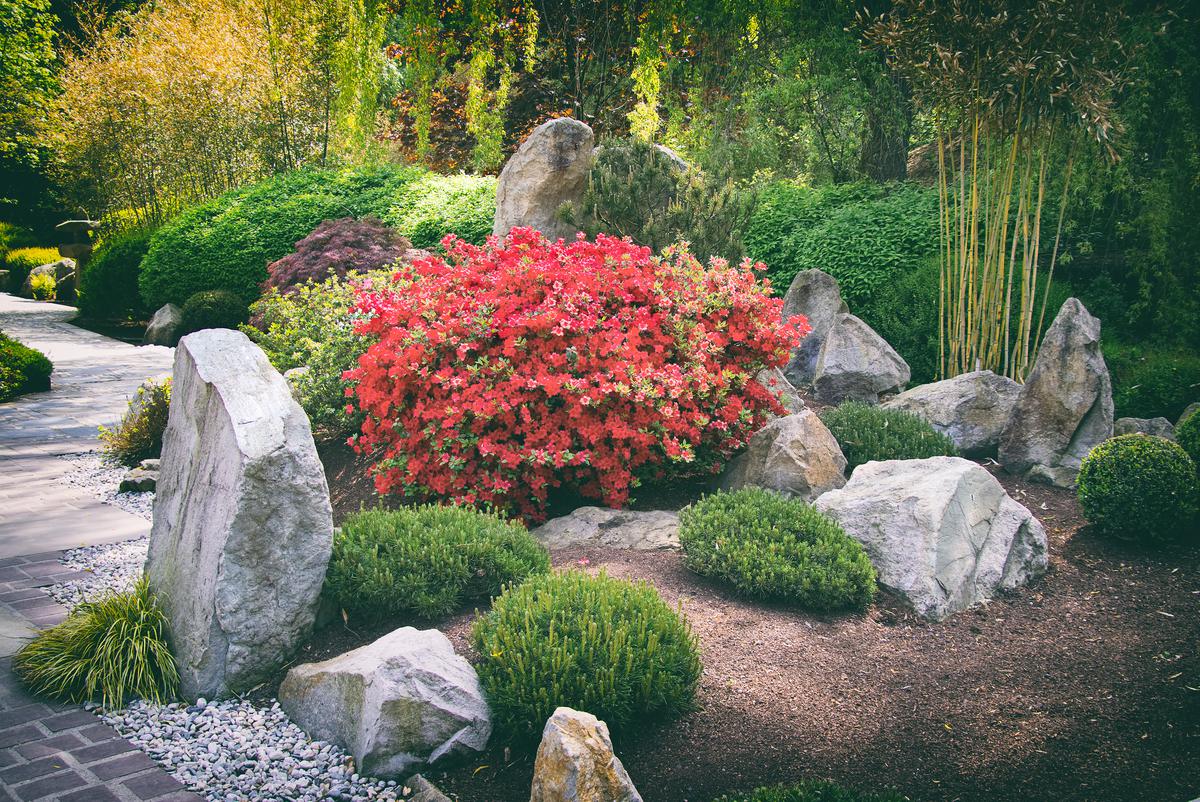
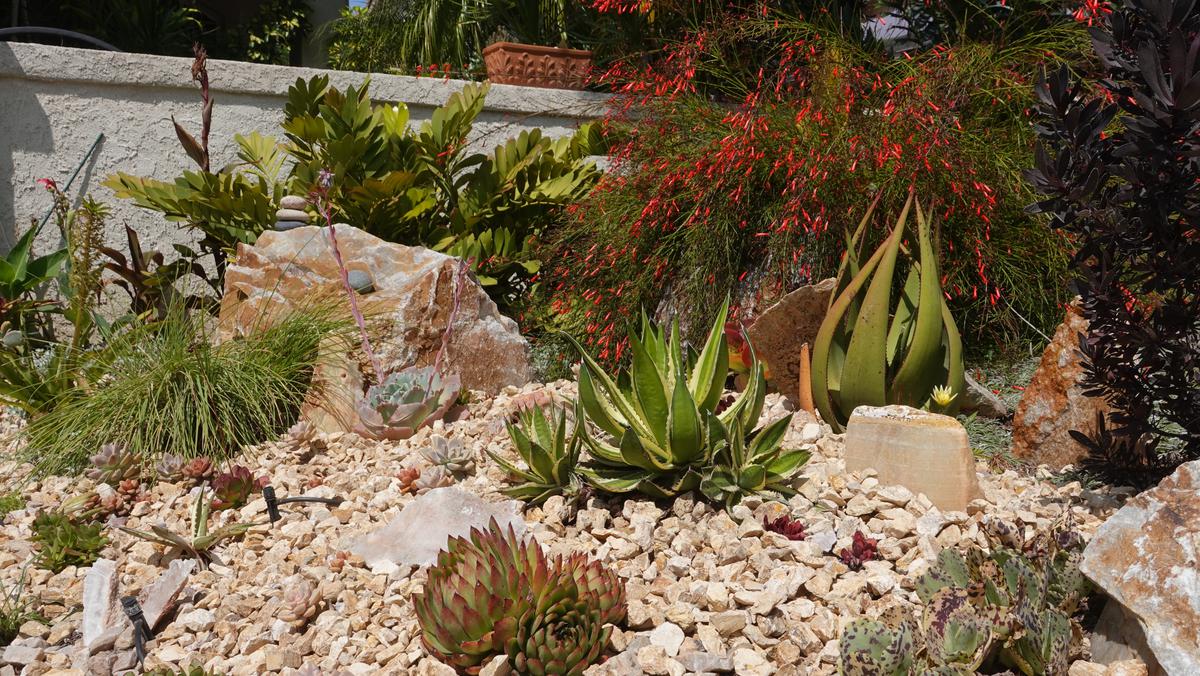
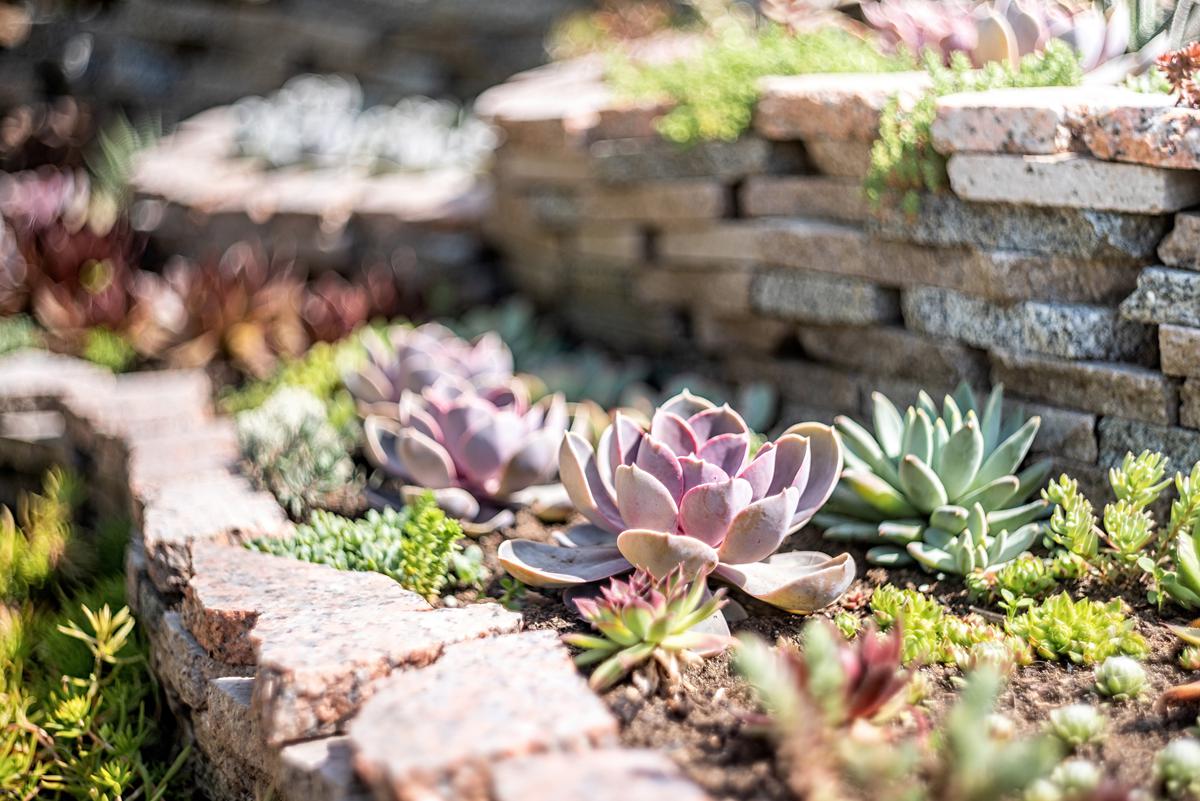
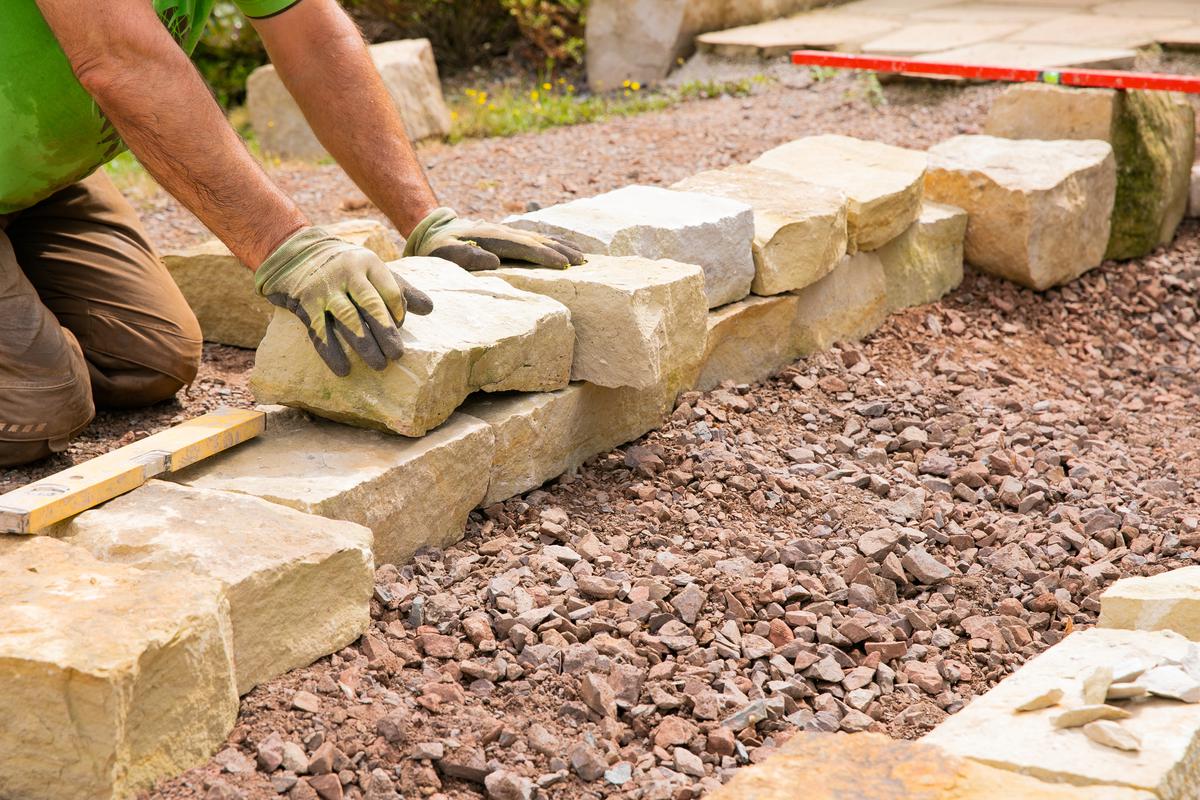
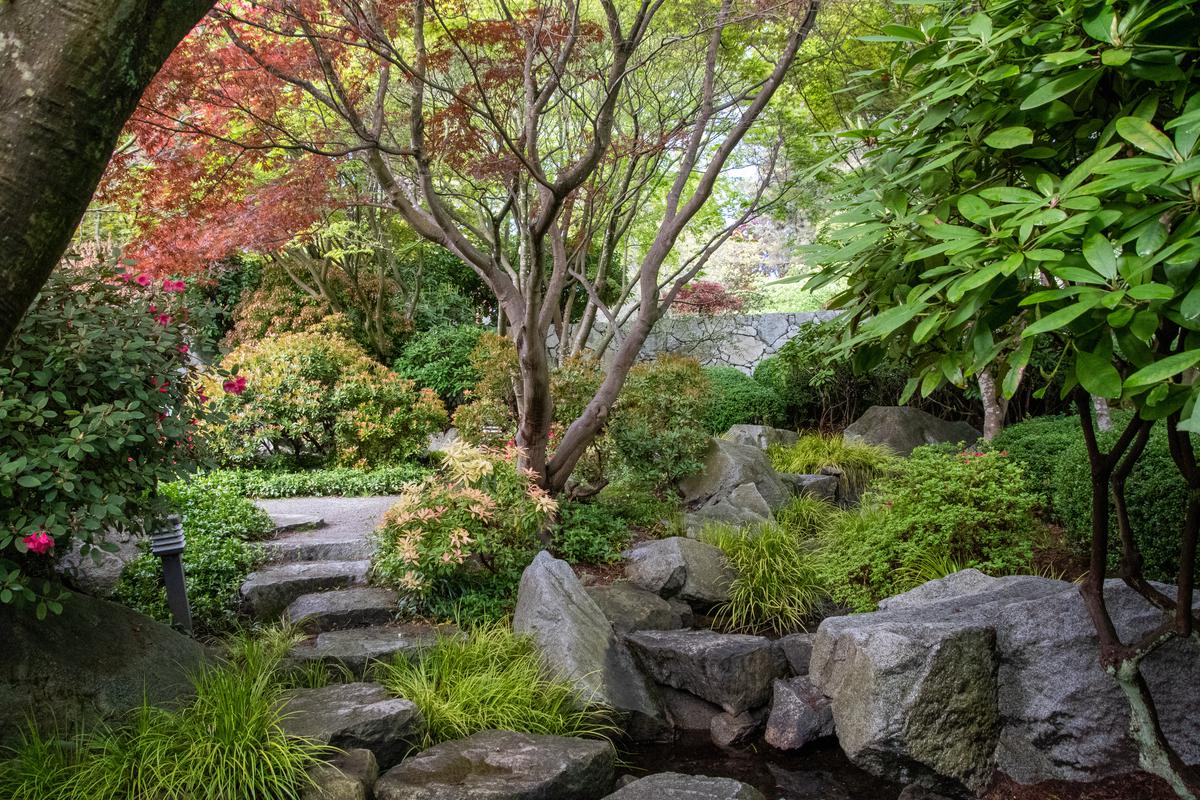
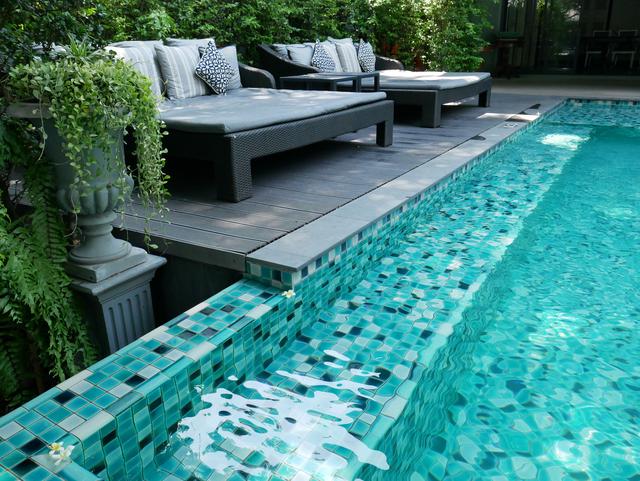

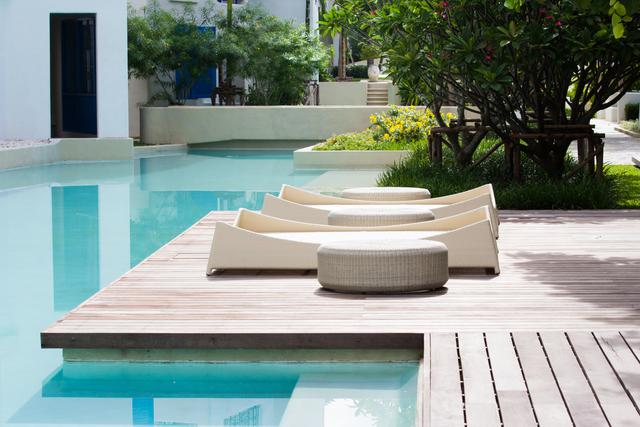
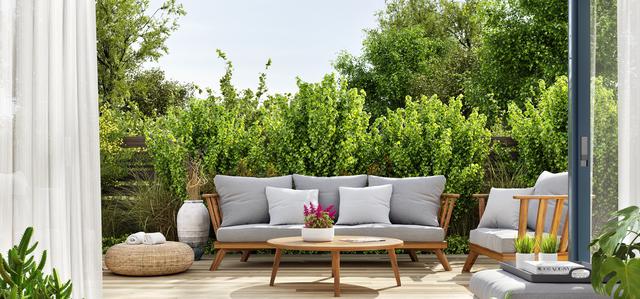
comments